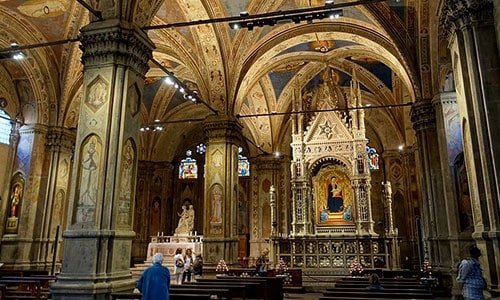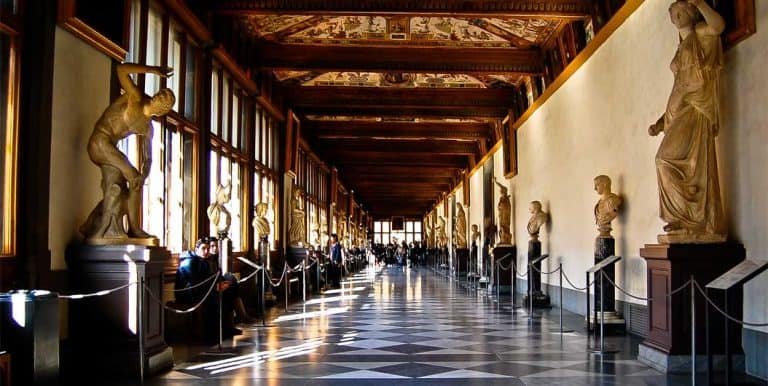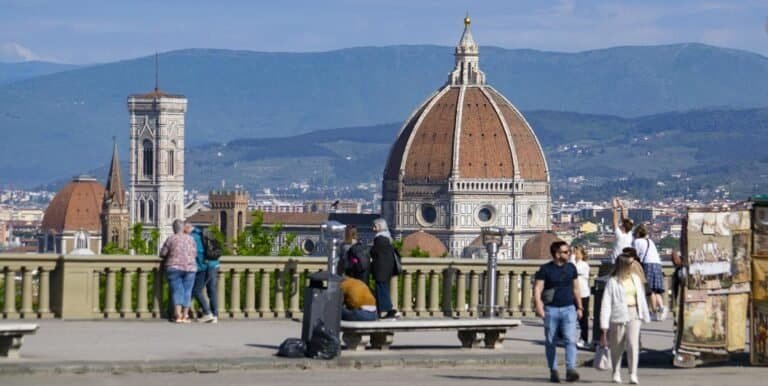Stunning new rooms open at Pitti Palace in Florence
Pitti Palace Florence opens the new year by announcing an opening ceremony for four spaces that had never been accessible to the general public.
With 17th century frescoes, the vast rooms look out over the courtyard on the first surface in Palazzo Pitti; recently restored, the rooms are present as part of the daily visits.
The rooms were transformed to house 78 old images from Russia collected by the Medici first and Lorena later collected during the 19th and 18th centuries. They are the first collection of their type outside of Russia in the country itself.

The icons are presented with captions that are descriptive and written in Italian, English, and Cyrillic and are arranged to not block the stunning frescoes that decorate the ceilings and walls in these rooms.
Furthermore, the gorgeous Palatine Chapel, with its 19th-century frescoes painted by Luigi Ademollo, has been completely renovated and equipped with new lighting that is evocative. It is now open and accessible.
It is believed that the Russian icons were painted between the 16th and mid-18th centuries. The oldest of them belonged to the great dukes of the Medici family and were mentioned in the mid-1700s in the inventory of the furniture of Palazzo Pitti’s Chapel for the Relics. The most significant group of them arrived in Florence during Francesco Stefano di Lorena (1737-1765).
The oldest pieces in the collection, created during the period between the 16th and 17th centuries, can be traced back to artists who were employed by the court of the Tsar in the Kremlin Armory Palace in Moscow, which was the principal center of production for this type of work prior to the establishment of the capital city, St. Petersburg.
Eike Schmidt, director of Uffizi Galleries Eike Schmidt, Uffizi Galleries, hinted at the possibility of opening up to visitors all of the rooms with frescoes on the lower floors of Pitti Palace, describing them as “magnificent spaces, formerly inhabited by the grand dukes, unfortunately still used today largely as offices and service areas.” When referring to the extensive collection of Russian icons, he stated that they are different from other collections because they are typically smaller and medium-sized, destined to be used for private use by families and for taking to travel.
For more information on opening times and rules on accessing the palace, visit https://www.uffizi.it/en/pitti-palace.








